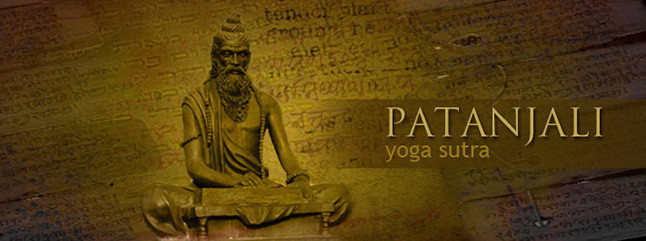Yoga Courses in India

Si buscas
hosting web,
dominios web,
correos empresariales o
crear páginas web gratis,
ingresa a
PaginaMX
Por otro lado, si buscas crear códigos qr online ingresa al Creador de Códigos QR más potente que existe


A Brief Account on History of Yoga
To better understand what yoga is, we can make an account of the evolution of tradition. The philosophy of yoga comes from the philosophical tradition of Vedanta. This is based on ancient scriptures of what is now mainly the Upanishads in India, where a non-dualist world i.e. that all is one, vision sets and ensures that misfortune comes to seek happiness in the outside world which is changing and impermanent. Happiness and peace come from within and are our nature. It is believed that 5000 years ago, there was yoga as medicine and as philosophy and the purpose of life.
The four paths of yoga come from another central text for Vedanta called Bhagavad Gita, which is about V century BC, more or less and that is part of Mahabharata epic. It is a dialogue between Prince Arjuna and the god Krishna before a battle in which to fulfill its duty, Arjuna must confront his relatives.
It is a reflection of detachment and transcendence of ego. Raja yoga (yoga of mind control), karma yoga (selfless work), bhakti yoga (devotion) and Jnana yoga (study and intellect), hence, the four main yoga practices are described. Yoga is far more than anything philosophy and spirituality.
The big conclusion of the Bhagavad Gita is that one must transcend his/her ego selfishness and the concept of ‘I’ and be in touch with our higher self with no desire, fear or sadness. For this, devotional love is essential, but it would be karma yoga, selfless action as the main road. Yoga in this case is more than a practice, a permanent attitude of meditation where the mind is calm and our actions are a vehicle of the universe. When this happens, we can have the qualities of spirit and inner peace, courage and happiness. So far there was no mention of physical yoga.
In the second century BC, a sage named Patanjali described the practice of raja yoga in a text called Yoga Sutras which describes the eight elements of raja yoga as yamas, niyama, asanas, pranayama, pratyahara, dharana, dhyana and samadhi. The merit of Patanjali is that he turned yoga into a psychology that analyzes how the mind works in a very scientific way and explains in great detail how we can free ourselves from suffering caused by desires, ego and rejections that yield the outside world and learning to manage the mind.
Moreover, according to Patanjali, yoga is a way of life that includes ethics, yama and niyama, which give inner peace and thus we can have better control of the mind. The main practice for this system is meditation. It is not yet about hatha yoga, but there is already talk of asanas and pranayama that are essential components of hatha yoga. They are included in raja yoga because the body is connected to the mind and spirit in the traditions of India.

In the fifteenth century the physical part of raja yoga which Patanjali mentioned very briefly was developed in a whole system that is called Hatha Yoga today. The main text is Hatha yoga Pradipika. Hatha yoga seeks to strengthen and purify the body to facilitate meditation. Besides asanas and pranayama, Hatha yoga explains how to do body cleansing and how to handle prana through mudras and bhandas. Some of its principles such as the theory of chakras, prana, nadis, kundalini, etc. come from another Indian spiritual tradition namely Tantra. It is a wonderful old system that is within our power to be more free, healthy and happy.
Tu Sitio Web Gratis
© 2025 Yoga Courses in India13172